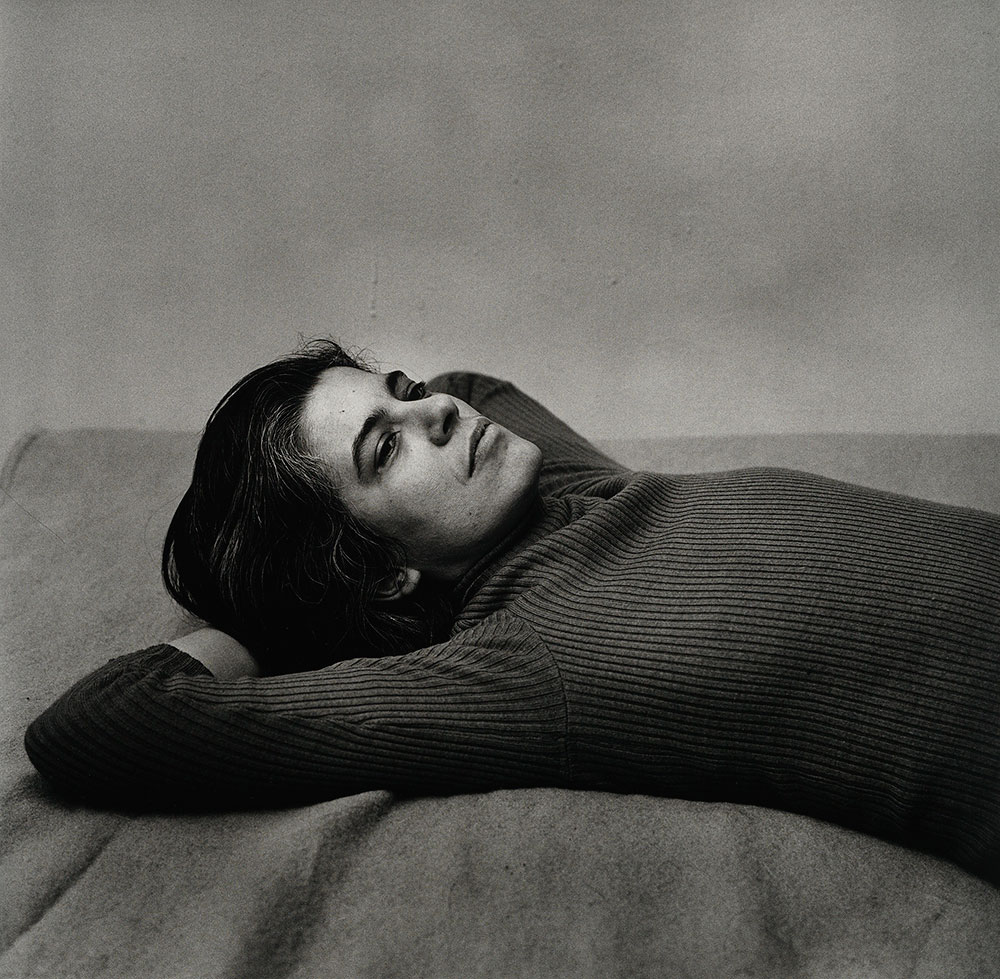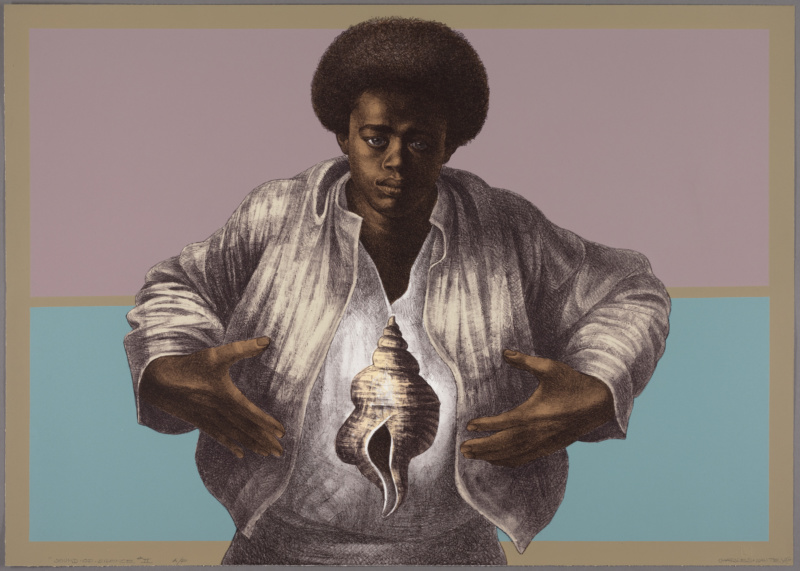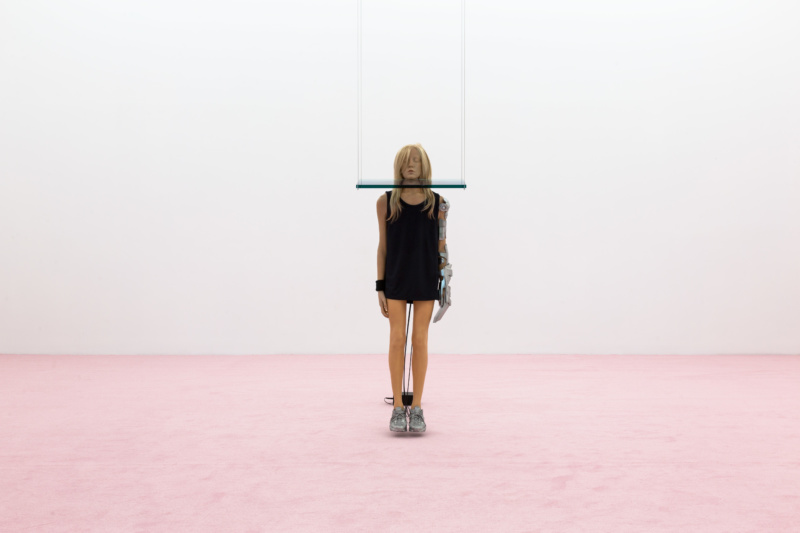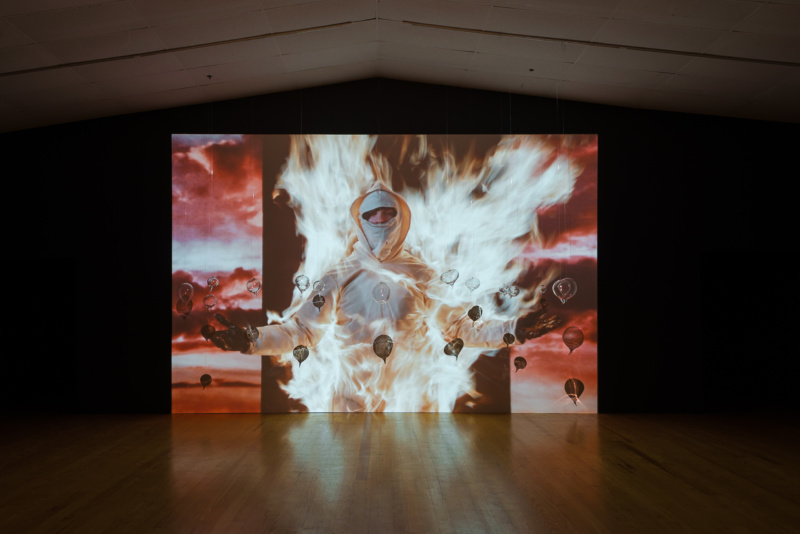
Em Gallagher My gut instantly says that Peter Hujar show, “Speed of Life,” at the Morgan Library last winter. Hujar’’s photos are like an onion—all these deeply individuated layers of meaning, and they make you cry a lot. I don’t think I’ll ever recover from seeing the contact sheet for the portrait of Susan Sontag reclining on a bed. It killed me.

Ted Loos My pick is the Charles White show that started at Chicago and is now at MoMA. It’s so rare for a retrospective to feel that fresh—I was completely awestruck experiencing White’s draftsmanship in bulk. I got to interview the curator as well as a Chicago-based collector of White’s work in the course of my year, and that really deepened my appreciation of an under-appreciated artist. It makes me excited for what 2019 will bring — who will get deserved attention next?

Jacoba Urist “Still Human” at the Rubell Family Collection in Miami is my selection for the best in show 2018. It featured 25 artists whose work painstakingly tackles the weirdness of planned obsolescence—how our tech-obsessed lives reshape everything we consider reality. No question, the show was discomforting. Andro Wekua’s humanoid installation of a bionic woman, recharging, suspended an inch or so off the floor, and Josh Kline’s 3-D printed printed plaster female, curled within a plastic bag in the fetal position (is she asleep? dead? discarded?) still haunt me months later.

Coco Romack For “Like Life” the Met Breuer did a deep dive into its collection for an exhibition of sculptural representations of the human body that reflected 700 years of art history, showcasing well-known works, like Edgar Degas’s “Little Dancer of Fourteen Years,” to lesser-known artists, like one of my favorites, Greer Lankton. The effect was equally beautiful and unnerving.

Sarah Thornton “Specters of Disruption” curated by Swiss-born Claudia Schmuckli, at the De Young Museum, San Francisco, casts new light on California cultural history. Made up of five large thematic rooms of unexpected juxtapositions of art and documents from the past 150 years, the exhibition offers a joyful but critical account of our time and place from ancient geological shake-ups (aka earthquakes) to Silicon Valley’s love of disruption as a means to leap frog to the future. The soul of the show is a new acquisition: Carrie Mae Weems’s video installation Lincoln, Lonnie and Me — A Story in 5 Parts from 2012.

William J. Simmons Sally Mann’s retrospective at the Getty is a fascinating opportunity to consider how we expect (female) artists to signify, narrate, and emote. The charges of preciousness and sentimentality that have been levied against her work here seem productive, offering us a space in which to deconstruct the staid affective and material registers we are so quick to assign to photography deemed postmodern.

Elizabeth Karp-Evans Fluff filled biomorphic pantyhose, fried eggs and citrus standing in for breasts, toilets, blankets of cigarettes, wily plaster casts of our lower half, a burnt out Jaguar… what’s not to like? Sarah Lucas’ “Au Naturel” at the New Museum was a favorite in a year of knock-out museum shows by artists like Adrian Piper, Zoe Leonard and Hilma af Klint. No living artist works within Arte Povera better than Lucas and while it is thrill-inducing to see early sculptural pieces like Two Fried Eggs and a Kebab (1992), Au Naturel (1994) and Sex Baby Bed Base (2000), it is Lucas’s self portraits—unembellished, unapologetic, and not without a sense of humor in their assessment of sexuality—that makes her the most important artist to come out of Britain’s YBA movement. The show is still up, go see it!

Janella Zara When I was in Houston this fall I caught “Solutions,” a solo show by LA non-binary performance artist Cassils, at the Station Museum. Their art is a meditation on bodily identity and its limitations, where the artist’s opening performance of melting a rectangular column of ice with their naked body was both seductive and high endurance. What’s amazing is how Cassils can present previous performances as more than documentation, but fully multi-sensory installations that tap into your hearing, tactility, and sense of smell.










 in your life?
in your life?

